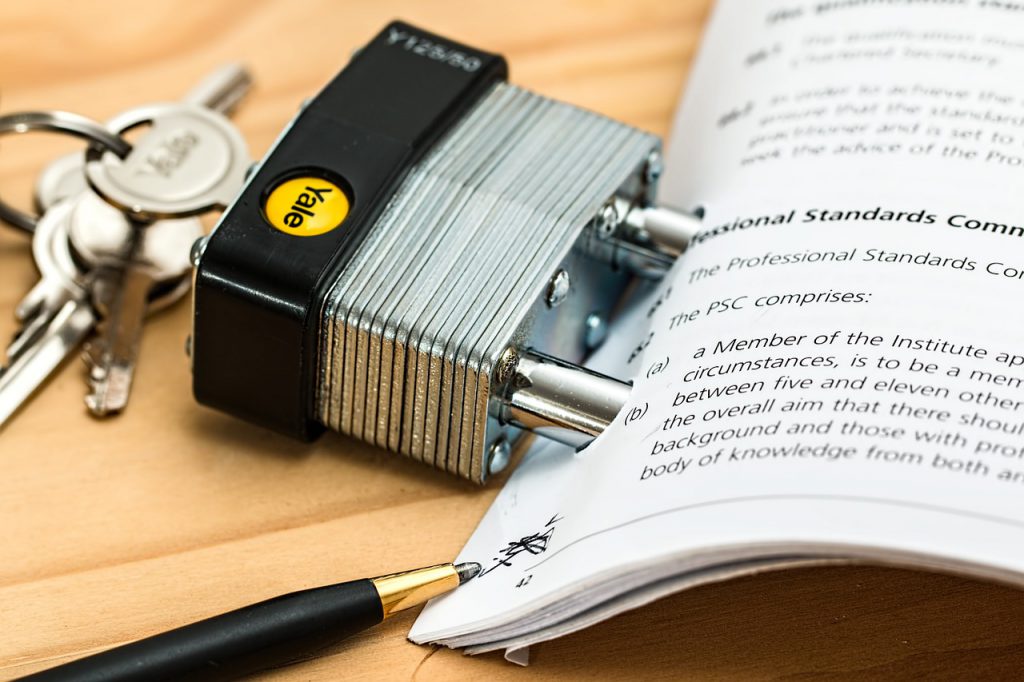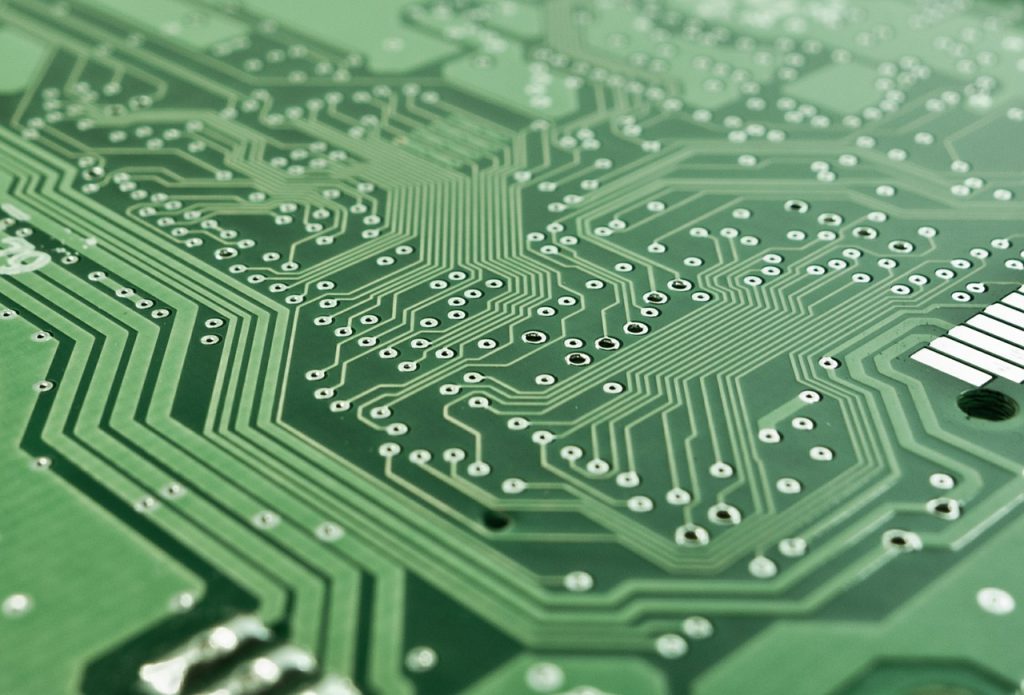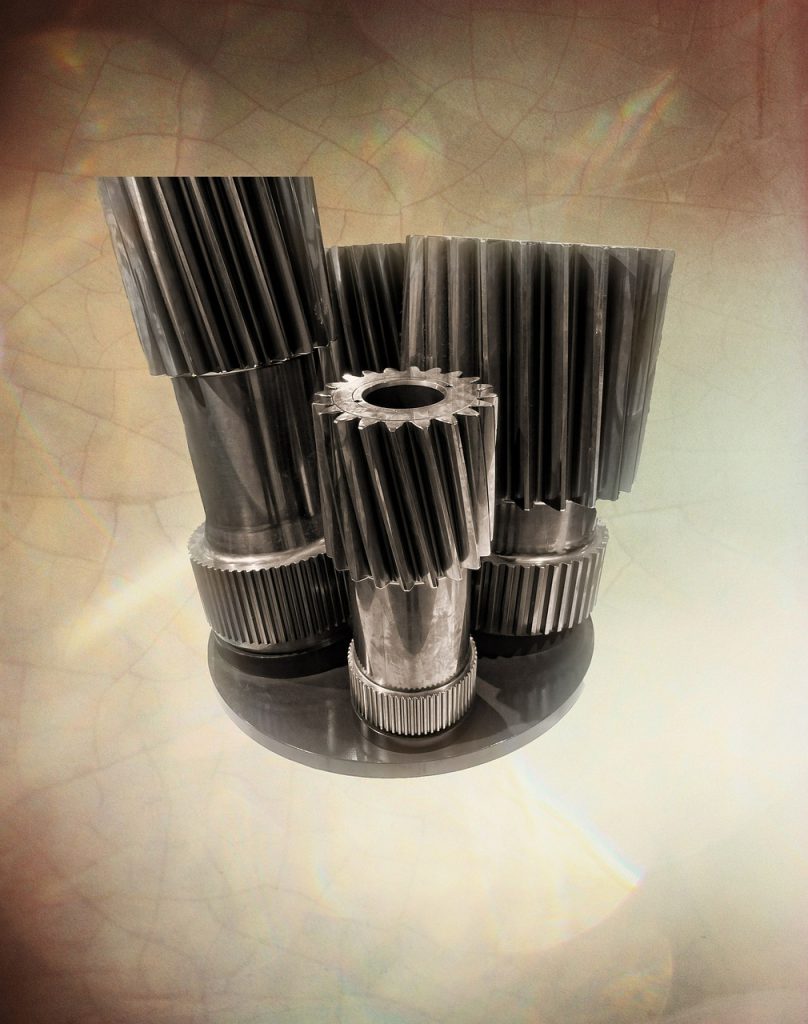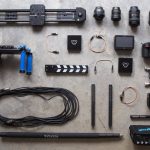Engineers turn to automated test equipment to save time

With engineers rushing tests in order to hit tight product deadlines, the market for test equipment that automatically detects faults in semiconductors and other components is growing. Setting aside time for testing has been a struggle for electrical engineers. The shrinking size – and increasing complexity – of semiconductor circuits is not making life any […]
ENGINEERS TURN TO AUTOMATED TEST EQUIPMENT TO SAVE TIME

With engineers rushing tests in order to hit tight product deadlines, the market for test equipment that automatically detects faults in semiconductors and other components is growing. Setting aside time for testing has been a struggle for electrical engineers. The shrinking size – and increasing complexity – of semiconductor circuits is not making life any […]
Semiconductor Testing

Automated test equipment (ATE) is a computer-controlled test and measurement equipment that allows for testing with minimal human interaction. The tested devices are referred to as a device under test (DUT). The advantages of this kind of testing include reducing testing time, repeatability, and cost-efficiency in high volume. The chief disadvantages are the upfront costs […]
IOT: STANDARDS, LEGAL RIGHTS; ECONOMY AND DEVELOPMENT

It is safe to say that, at this point, the fragmented nature of IoT will hinder, or even discourage the value for users and industry. If IoT products happen to be poorly integrated, or inflexible regarding connectivity or are complex to operate, these factors can drive users as well as developers away from IoT. Also, […]
WHAT IS RS-232, WHAT IS RS-422, AND WHAT IS RS-485?

RS-232, RS-422 and RS-485 are serial connections which can be found in various consumer electronics devices. Namely, RS-232 (ANSI/EIA-232 Standard) is the serial connection which can be historically found on IBM-compatible PCs. It is employed in many different scenarios and for many purposes, such as connecting a mouse, a printer, or a modem, as well […]
REQUIREMENTS OF REAL-TIME CONTROL

Real time embedded control processors are individual computing units which have been implemented into pieces of larger and far more complicated equipment such as vehicles of all sort (trucks, airplanes, boats, yachts etc.), then other computer peripherals, audio systems and military equipment and weapons. The control processors are said to be embedded because they are […]
I²C AND SPI

Nowadays, at the low end of the transmission protocols, I²C (for ‘Inter-Integrated Circuit’, protocol) and SPI (for ‘Serial Peripheral Interface’) are to be found. Both protocols are well-suited for transmissions betwixt unified circuits, for slow transmission with onboard components. At the essence of these two popular protocols two major companies are found – Philips for […]
RS-232 AND RS-485 SERIAL COMMUNICATION PROTOCOLS

The RS232/485 port consecutively sends and receives bytes filled with information one bit at a time. Although the serial method is somewhat slower than parallel communication, which allows the transmission of an entire byte at once, it is far simpler and can be employed over longer distances because power consumption is lower than that of […]
ABOUT I²C

I²C is a multi-master protocol that uses two signal lines. The two I²C signals are named ‘serial data’ (SDA) and ‘serial clock’ (SCL). There is no need of chip select (servant select) or compromise logic. Basically, any number of servants and any number of masters can be united onto these two signal lines and correspond […]
I²C VS SPI – COMPARISON

Bus topology / routing / resources I²C needs two lines, while SPI officially defines at least four signals or more if more servants are added. Some informal SPI alternatives only need three wires, that is an SCLK, SS and a bi-directional MISO/MOSI line. Nevertheless, this exercise would require one SS line per servant. SPI lacks […]


